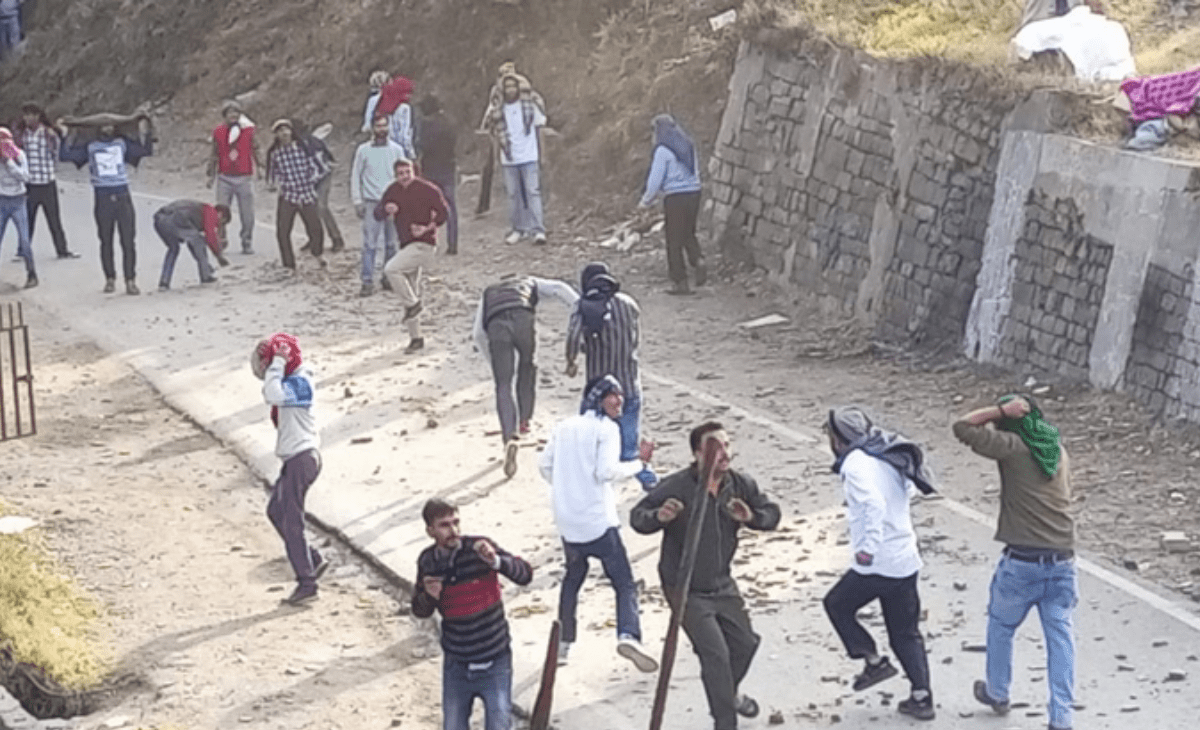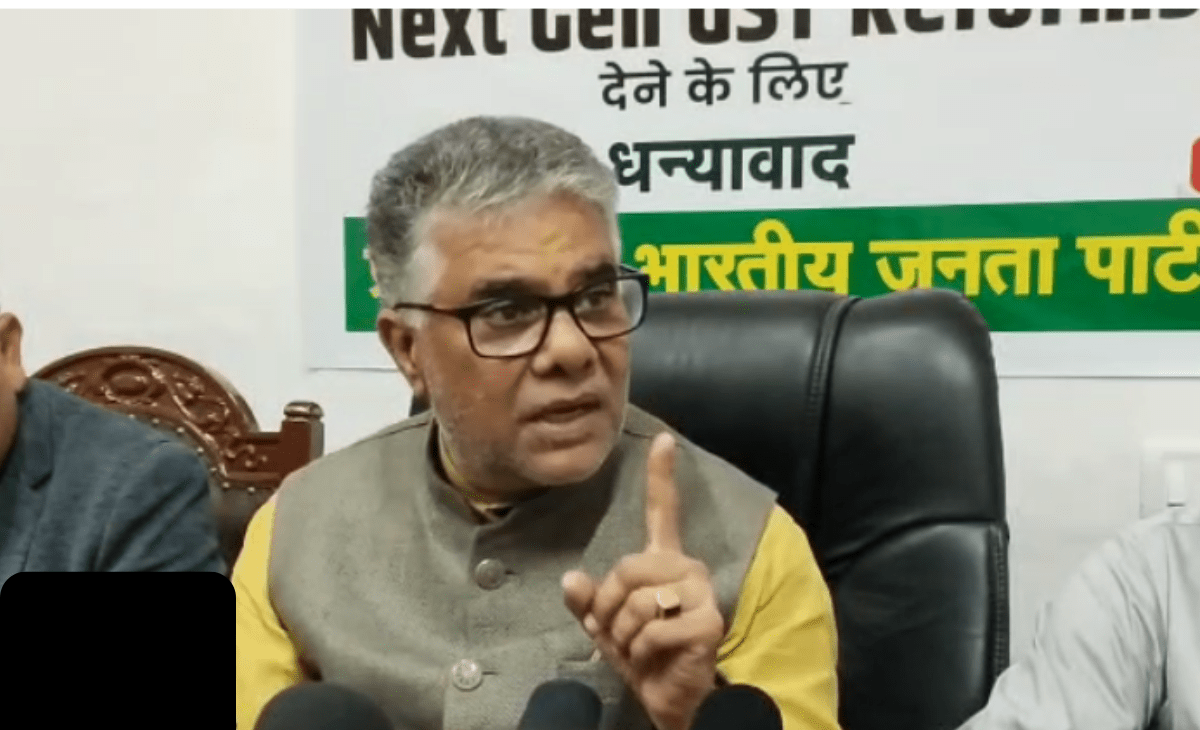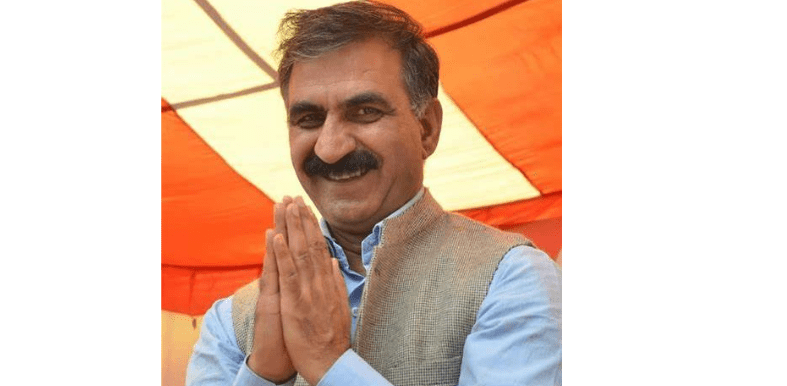Thousands gather in Dhami to witness centuries-old stone pelting ritual, once symbolic of human sacrifice
Sunil Chadha
SHIMLA: A day after the entire country celebrates the festival of lights with joy and devotion, a small town in Himachal Pradesh witnesses a rather strange ritual — a “Khoon ki Diwali” or Blood Diwali.
The tradition, held in Dhami’s Khel ka Chaura, about 35 km from Shimla, sees men from two sides hurling stones at each other in a symbolic battle believed to bring prosperity and ward off misfortune.
Every year in the afternoon, stones fly in the air as thousands of spectators, including men, women and the elderly, cheered the age-old spectacle.
The moment a participant from either side is hit with a stone and he bleeds, the ritual is stopped, marking the fulfillment of the tradition. The person who bleeds is then taken to the Bhadrakali temple atop the hill, where his blood is offered as a symbolic tilak to the goddess.
Centuries-old royal legacy continues
Before the start of the ritual, members of the Dhami royal family offer prayers at the temples of Narsingh Devta and Dev Kurgan. A ceremonial procession carrying sacred flowers of protection then makes its way from the royal court to the Khel ka Chaura ground. The stone battle begins after the red flag signal, symbolising divine permission.
Villagers from Jamogi Khund, Palania, Kothi, Chaiyan and nearby hamlets represent one side, while youths from Tundu, Dhgoi, Bathmana and other areas form the rival group. Despite the intensity of the exchange, the ritual ends as soon as the first blood is drawn — believed to please Goddess Bhadrakali and ensure the well-being of the region.
From human sacrifice to stone battle
The origins of this unusual custom trace back several centuries. According to local lore, Dhami once practised human sacrifice to appease the gods and prevent calamities. However, a compassionate queen of the erstwhile Dhami princely state abolished the gruesome ritual and replaced it with this symbolic stone game. The idea was that a small amount of blood spilled from a voluntary injury would suffice to honor the goddess, thus ending the need for human sacrifice.
Even during the Covid pandemic, when gatherings were restricted, royal descendant Jagdeep Singh continued the tradition by offering his own blood at the Bhadrakali temple to keep the age-old belief alive. The fair continues to be managed by a committee formed by the royal family, preserving one of Himachal’s most astonishing and mystic customs.
To outsiders, the ritual may appear violent, but to locals, it is an inseparable part of their faith and cultural identity. For centuries, the people of Dhami have believed that the annual blood offering ensures peace, prosperity, and protection for the entire region. As the echoes of the stone pelting faded across the hills this year too, devotees bowed in reverence — certain that Goddess Bhadrakali had once again accepted their offering.






